Staying Fit

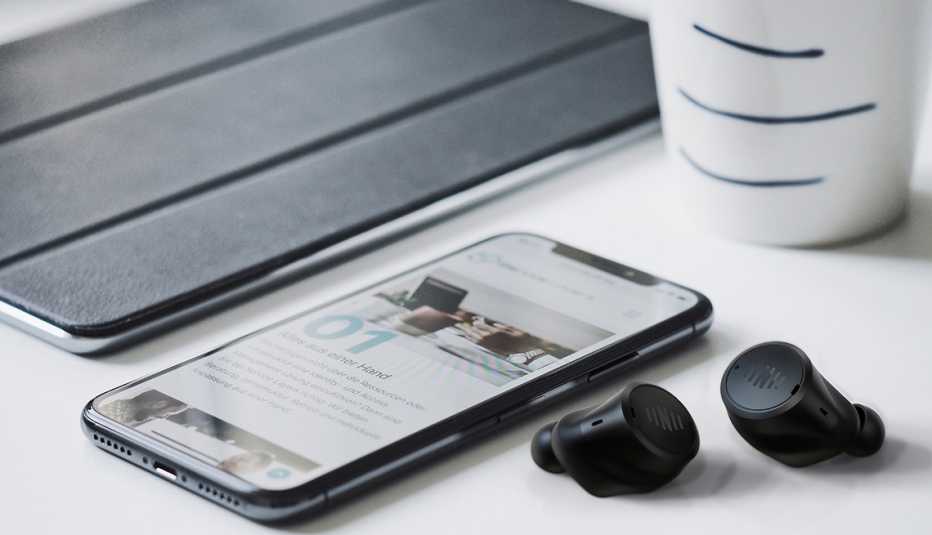
Hearing loss is common as people age, but not everyone needs an audiologist-prescribed hearing aid. And not everyone can afford the thousands of dollars hearing aids can cost, especially since Medicare doesn’t cover them.
What’s more, federally approved and presumably less expensive over-the-counter (OTC) hearing aids that initially were expected to reach stores in 2020 may not show up until late 2021, if not next year.


AARP Membership— $12 for your first year when you sign up for Automatic Renewal
Get instant access to members-only products and hundreds of discounts, a free second membership, and a subscription to AARP the Magazine.
Fortunately, hearing aids aren’t the only potential remedy if your hearing loss is mild to moderate. “When you start to feel like you’re struggling in certain situations, it may be premature to go see an audiologist and get a hearing aid,” says David Cannington, cofounder and chief marketing officer of Nuheara, an Australian company that makes audio-enhancing earbuds.
Several products, or features within products, can help you better hear what people within earshot are saying, at least in some environments. Here’s a sampling of options that could improve your ability to converse in noisy restaurants or make out dialogue on TV.
‘Hearables’: earbuds that amplify

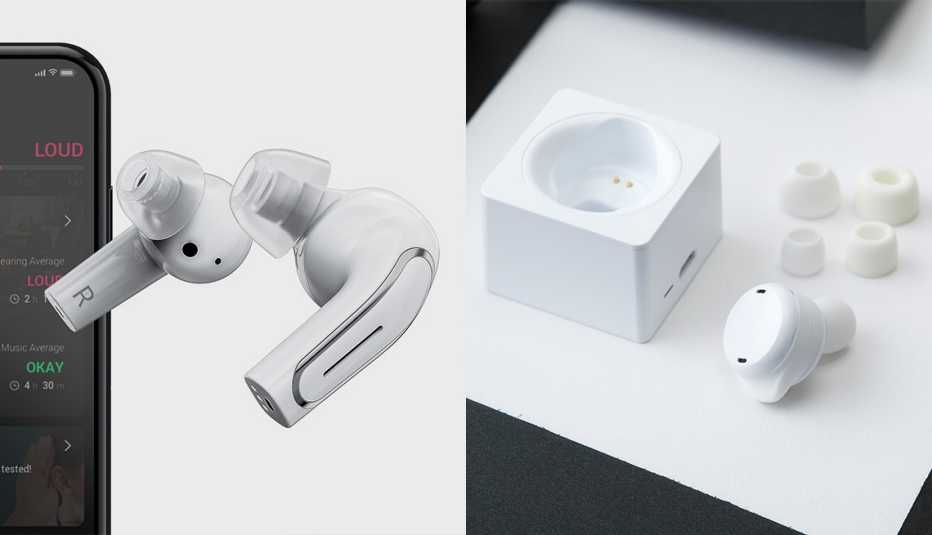
Many hearing enhancements that aren’t classified as hearing aids fall into the category of personal sound-amplification products (PSAPs), which increase the volume of all the sounds in a given environment. Among these are “hearables,” loosely defined as Bluetooth earbuds with some hearing-aid-like features.
The Olive Smart Ear ($299 for one), from Tokyo-based Olive Union, is sold as a nonmedical grade PSAP. But a newer version, the Olive Pro, is billed as both a wireless earbud and a Food and Drug Administration (FDA)-certified smart hearing aid. The company says the Pro will retail for $299 a pair and is slated to hit the market in July.

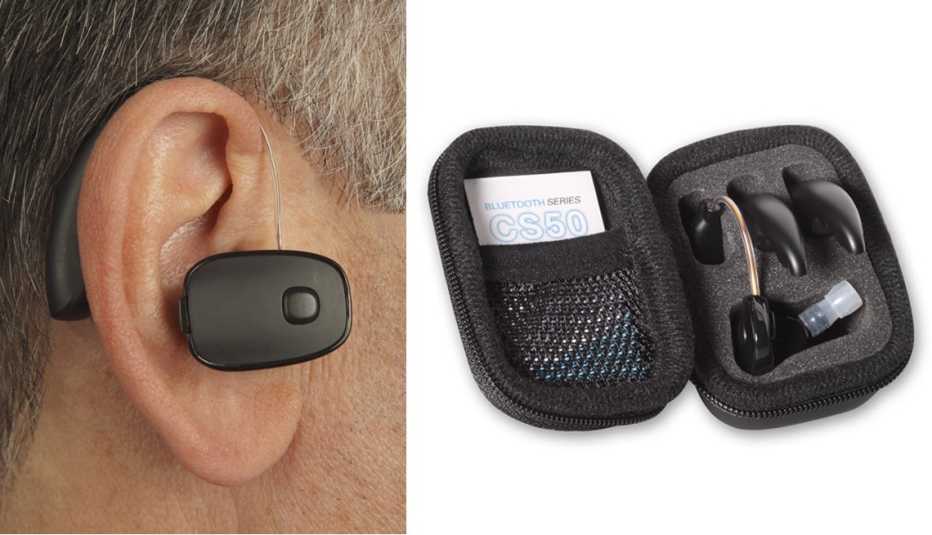
The $349 Sound World Solutions CS50+ was rated the top PSAP by The New York Times’ product-review site Wirecutter in 2020. It’s an “over-the-ear” hearable: The earbud is connected by a small tube to a battery compartment that fits around the ear.
People with mild to moderate hearing loss found no differences among PSAPs, basic hearing aids and premium hearing aids for “speech perception, sound quality, listening effort and user preference,” according to a 2019 study published in the online medical journal JAMA Otolaryngology — Head & Neck Surgery.
There’s “such a range of quality that it’s impossible to make a blanket statement about the [PSAP] category,” says Tom Hannaher, chief executive of Zvox Audio in Swampscott, Massachusetts, which manufacturers VoiceBud hearing aids ($599 for a pair, but on sale now for $399) and TV sound bars that enhance dialogue.
There can be limits to some PSAPs’ effectiveness. Because they amplify sound all around, they may not help if you are, for example, trying to better discern a single voice in a noisy place. Consumer Reports warns that the cheapest PSAPs (some as low as $20 or $30) showed little benefit and could “cause additional hearing damage by overamplifying sharp noises, such as the wail of a fire engine.”





























































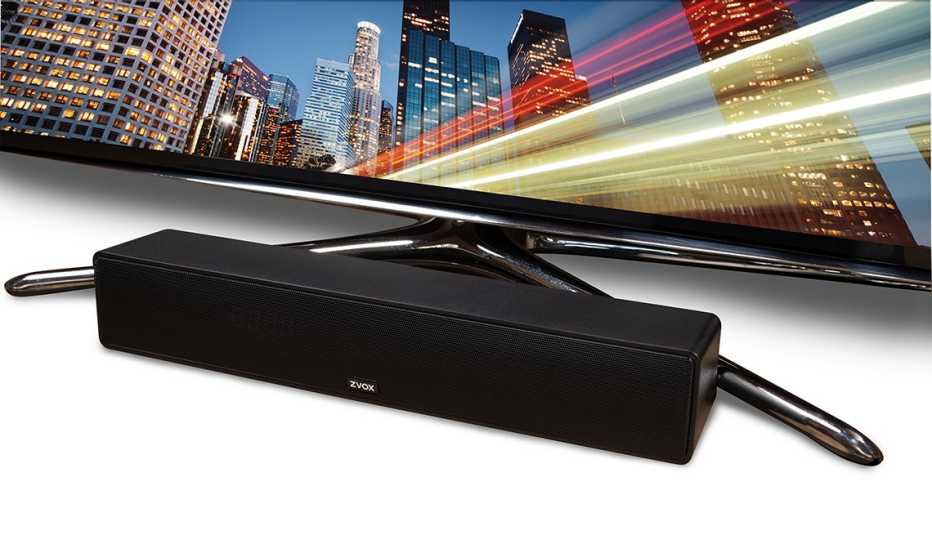
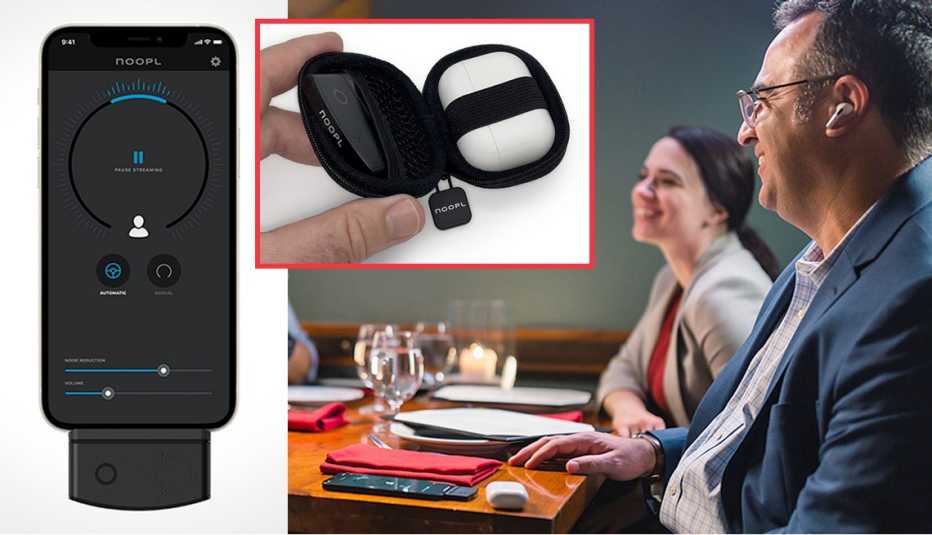




More on health
10 Signs of Hearing Loss You Shouldn’t Ignore
These everyday warnings deserve your attentionSmart Hearing Aids Go Beyond Help With Audio
Cutting-edge technology can detect your heart rate or a fall